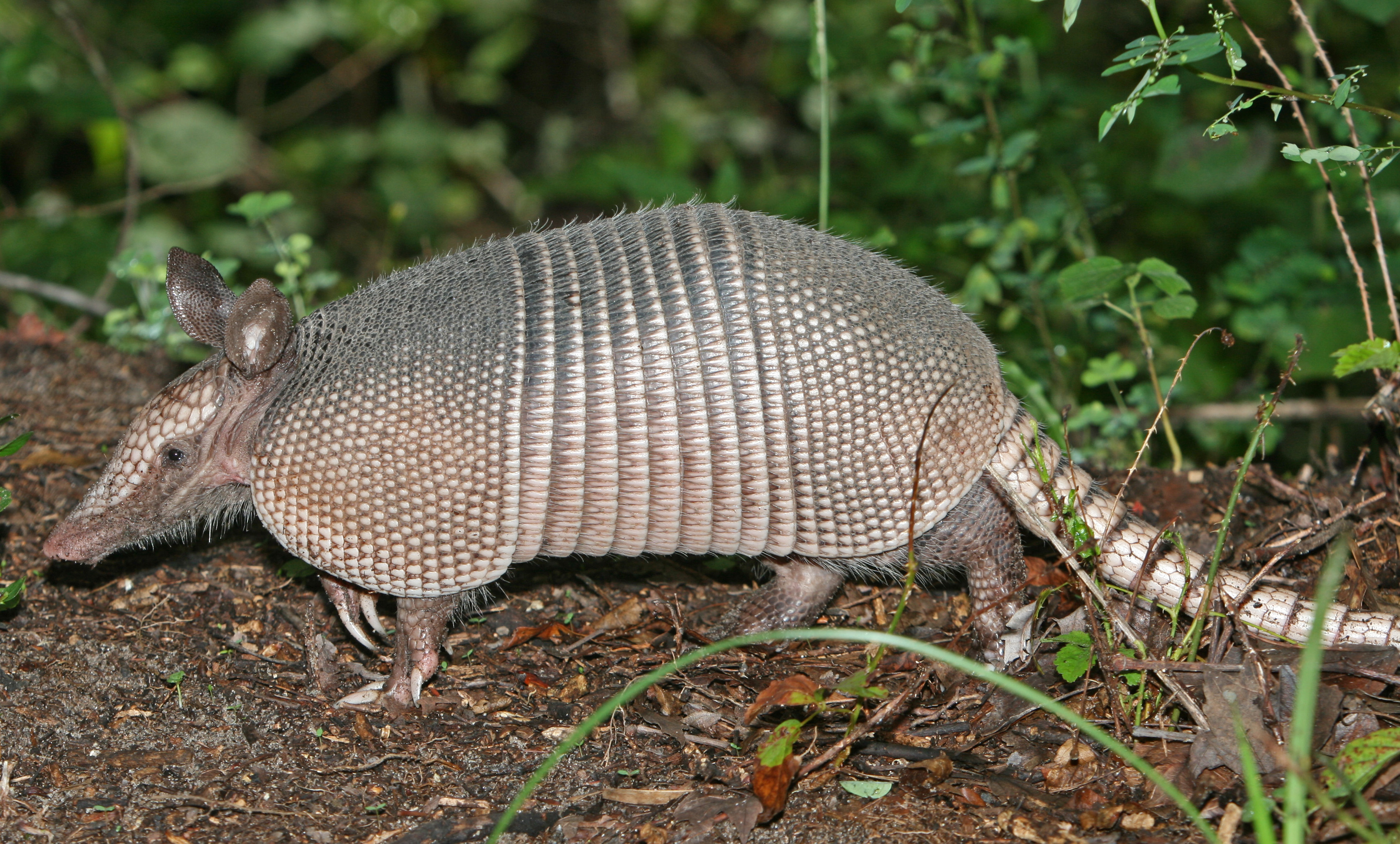About Armadillo
Dasypodidae, from Ancient Greek δασύς (dasús), meaning "hair", and πούς (poús), meaning "foot", is a family of mostly extinct genera of armadillos. One genus, Dasypus, is extant, with at least seven living species.
Dasypodidae
Dasypodidae, from Ancient Greek δασύς (dasús), meaning "hair", and πούς (poús), meaning "foot", is a family of mostly extinct genera of a... Learn about Armadillo facts, habitat, and behavior.

Dasypodidae, from Ancient Greek δασύς (dasús), meaning "hair", and πούς (poús), meaning "foot", is a family of mostly extinct genera of armadillos. One genus, Dasypus, is extant, with at least seven living species.
The Armadillo is an animal with fascinating characteristics. Discover other amazing animals and learn about their unique adaptations and behaviors.
Warm-blooded vertebrates with hair or fur and mammary glands
Common questions people ask about Armadillos - perfect for voice search and AI assistants:
A Armadillo is a fascinating animal belonging to the Mammalia class. Armadillos are known for their unique characteristics and important role in their ecosystem.
Armadillos live in various habitats around the world. They have adapted to thrive in these environments and play important roles in their ecosystems.
Armadillos belong to the Dasypodidae family. They are classified as Mammalia and share characteristics with other members of their taxonomic group.
Yes! Armadillos are excellent for educational purposes. Students can learn about animal classification, habitats, behaviors, and conservation through studying Armadillos.
You can teach kids about Armadillos using our educational resources including fact worksheets, drawing prompts, and interactive games. These tools make learning about Armadillos fun and engaging.